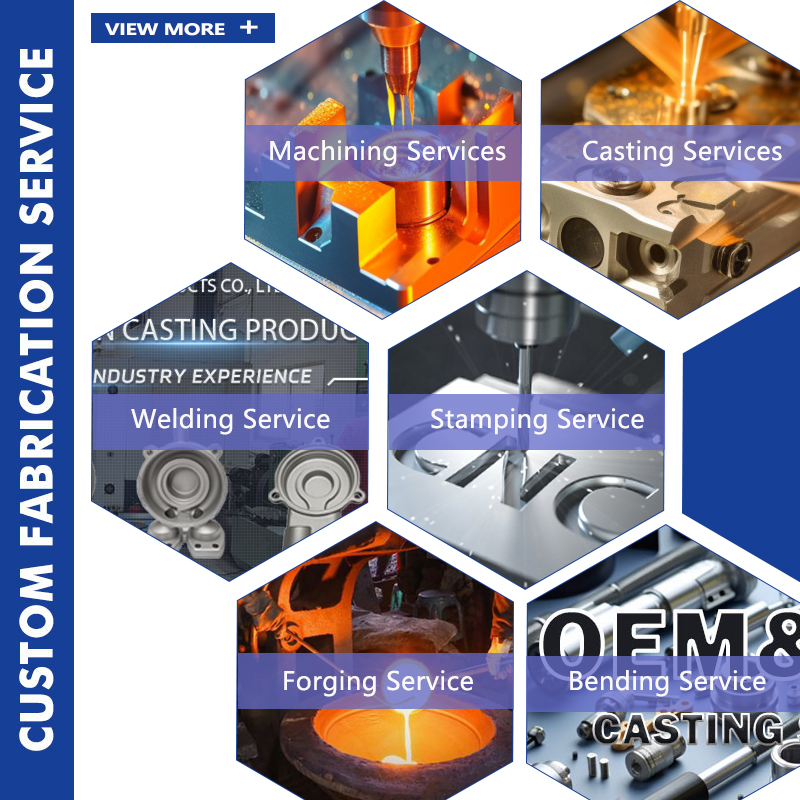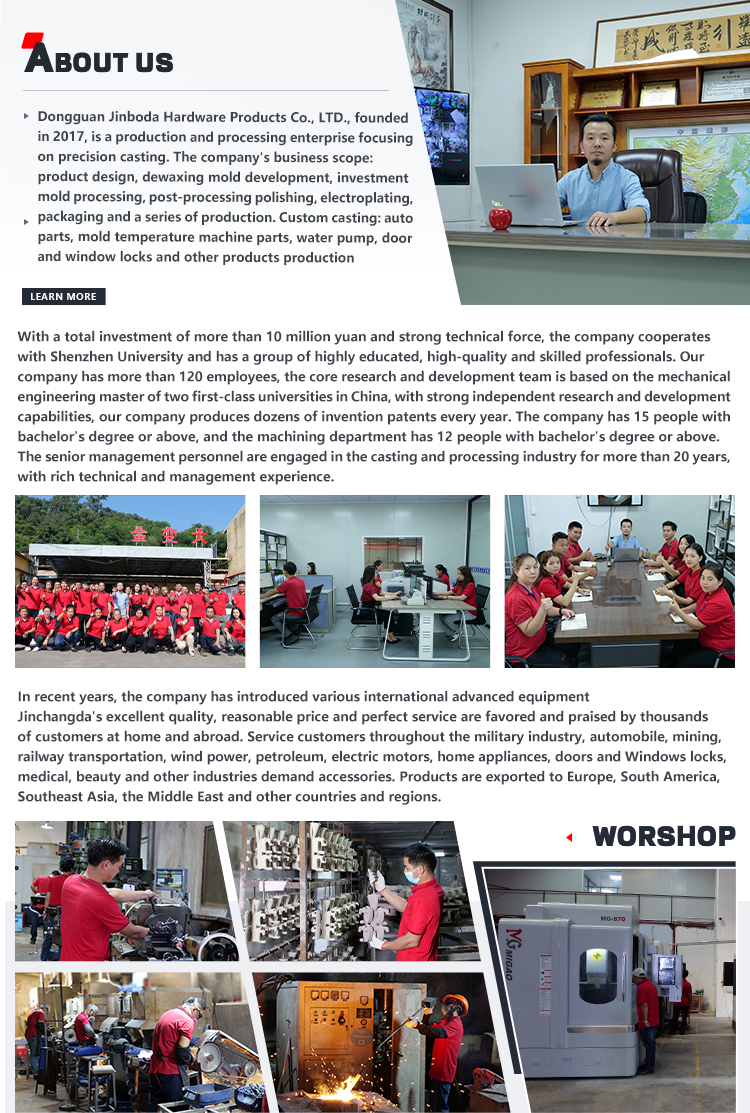| Availability: | |
|---|---|
| Quantity: | |








0000421
JINBIANDA
Shenzhen, China
1000PCS
L/C, T/T, D/P, Western Union, Paypal, Money Gram







For braking systems, precision casting is applied to manufacture brake calipers. These calipers need to have precise dimensions and a strong structure to ensure reliable braking performance. The casting process allows for the integration of complex cooling fins and mounting features, which helps in dissipating heat effectively and maintaining the integrity of the braking system during heavy use.
Furthermore, precision casting is used in the production of various engine valves. The valves must have a smooth surface finish and tight tolerances to seal properly and function efficiently. The casting process can control the microstructure of the valve material, enhancing its heat resistance and wear resistance.
Overall, precision casting in the automotive industry enables the production of a wide range of components that meet the strict requirements of modern vehicles, from performance and safety to fuel efficiency and emissions reduction. It continues to drive the evolution of automotive engineering and manufacturing.
Casting in art can also incorporate found objects. For example, an artist might cast a metal around a piece of driftwood or a stone. This creates a unique hybrid artwork that combines the natural form of the found object with the durability and aesthetic of the cast metal. The casting process can hold the found object in place and give it a new context and meaning.
The finishing touches on cast artworks are also an important aspect. After casting, the artworks can be buffed, textured, or given a special coating. A metal sculpture might be given a brushed finish to enhance its tactile quality, or a resin casting could be given a glossy or matte finish to achieve the desired visual effect.











For braking systems, precision casting is applied to manufacture brake calipers. These calipers need to have precise dimensions and a strong structure to ensure reliable braking performance. The casting process allows for the integration of complex cooling fins and mounting features, which helps in dissipating heat effectively and maintaining the integrity of the braking system during heavy use.
Furthermore, precision casting is used in the production of various engine valves. The valves must have a smooth surface finish and tight tolerances to seal properly and function efficiently. The casting process can control the microstructure of the valve material, enhancing its heat resistance and wear resistance.
Overall, precision casting in the automotive industry enables the production of a wide range of components that meet the strict requirements of modern vehicles, from performance and safety to fuel efficiency and emissions reduction. It continues to drive the evolution of automotive engineering and manufacturing.
Casting in art can also incorporate found objects. For example, an artist might cast a metal around a piece of driftwood or a stone. This creates a unique hybrid artwork that combines the natural form of the found object with the durability and aesthetic of the cast metal. The casting process can hold the found object in place and give it a new context and meaning.
The finishing touches on cast artworks are also an important aspect. After casting, the artworks can be buffed, textured, or given a special coating. A metal sculpture might be given a brushed finish to enhance its tactile quality, or a resin casting could be given a glossy or matte finish to achieve the desired visual effect.




